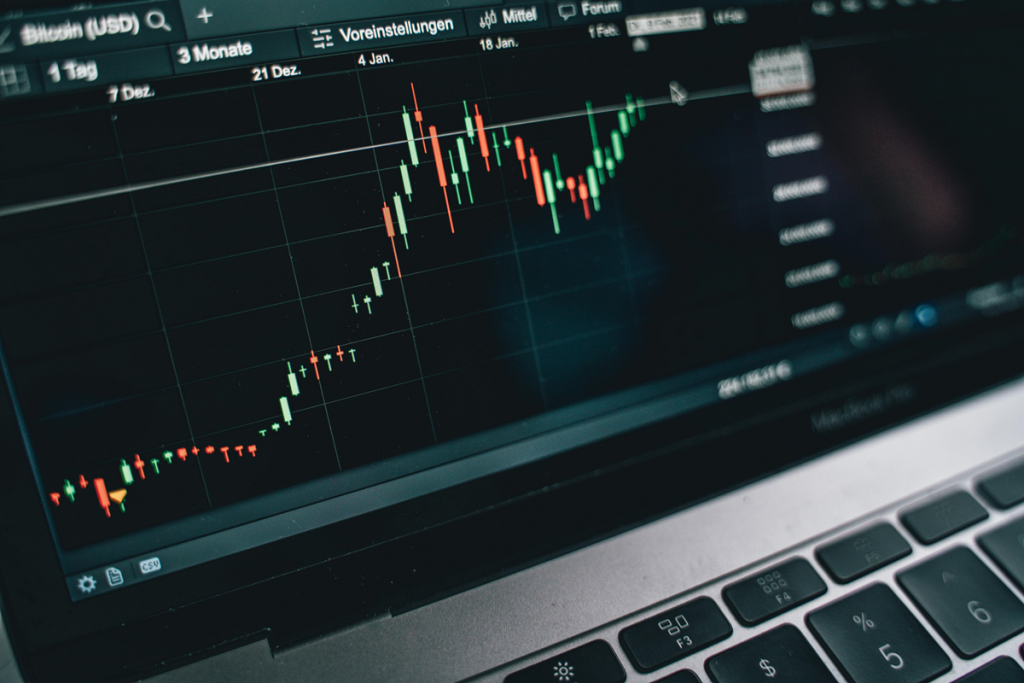The pace at which market data and news propagate these days, let alone the gloom and doom they spread, makes it increasingly harder for the average trader to separate the wheat from the chaff. What’s genuine information grounded in reality and what’s pure noise or ‘fake news’ remains a challenge. If you’re grappling with this yourself, then you’d better not skip this article because it reveals some useful tips that successful traders know.
- Cross-check the information in several sources
Having a balanced perspective on facts is vital, especially when uncertainty is the only certainty one can have. Verifying the information in multiple sources can help you understand the bigger picture and not give in to ‘noisy’ headlines.
The propagation of fake news and misinformation is also helped by the malicious use of AI tools. Despite its benefits, AI can also boost the dissemination of false information at supersonic speeds. Financial influencers advocating ‘Make Money Quick’ practices count among the main actors you should be wary of. Just don’t take the bait!
- Keep calm
It’s unnerving when the market starts moving against you. The important thing when your charts turn red is to keep calm. Panic can push you into selling too early, costing you more down the road. Instead, look at the situation from a different angle. Ask yourself these three questions:
- Were there any noteworthy changes in the fundamentals suggesting it may be best to make a sharp exit?
- Did market sentiment shift against your position?
- Has the volatility in the asset changed or not?
3. Don’t give in to greed
Wanting more is what keeps us going. When the market environment favours growth, settling for less would not be ideal. Yet in times of uncertainty like the current tariff-triggered jittery, it’s best to play it safe.
Investors’ interest can shift dramatically during times of turbulence, as they’re trying to adjust their positions according to the new context. Hence, their risk tolerance can flip on a dime. Even the slightest rebound could lead to a sudden rally.
Knowing your goals right from the start solves half of the dilemma – “To take profits or carry on trading?” If you’re looking to capitalise on a particular setup, it would be better to just take the profits.
On the flip side, if you’re having second thoughts about exiting, partially closing your position might allow you to potentially shore up some profits should the market rally wildly.
- Do consider leverage
Leverage can make or break your trading experience (if you don’t manage it correctly). Although it gives you the flexibility to enter larger positions with a lower investment, it can also trigger a margin call if the price moves in the opposite direction of your trade. That’s why you should test your strategy first in a risk-free environment.
TibiGlobe’s demo account option is just the right tool for that. Allowing you to familiarise yourself with the trading platform and get a first-hand idea of how your strategy could potentially work in a real-world setup, the demo account option is available for free upon sign-up.
Plus, to make the most of your trading, TibiGlobe offers you a 100% deposit bonus if you register by 30 April. Don’t miss out! Give it a shot!
- Don’t put all your eggs in one basket!
Diversification is key – now more than ever. When currencies and equity prices swing sharply intraday, the only way you can keep your portfolio afloat is through diversification. If you opened a long position in gold, you might wish to go short on EURUSD or USDCAD, for example. This is also known as “hedging”. Hedging is a strategy that allows you to mitigate potential market risks by limiting overexposure to a certain market or industry sector.
Speaking of exposure to specific market sectors, indices also offer plenty of diversification possibilities. From tech-heavy NASDAQ to DOW industrials and beyond, TibiGlobe covers your every choice. So, why wait? Start diversifying!
Risk Disclaimer:
CFDs are complex instruments and come with a high risk of losing money rapidly due to leverage. You should consider whether you understand how CFDs work and whether you can afford to take the high risk of losing your money. Prices can fluctuate rapidly, and past performance is not indicative of future results. Please refer to the full risk disclaimer on our website.
The information provided does not constitute financial advice and should not be relied upon as such. You should seek independent advice before making any investment decision.






